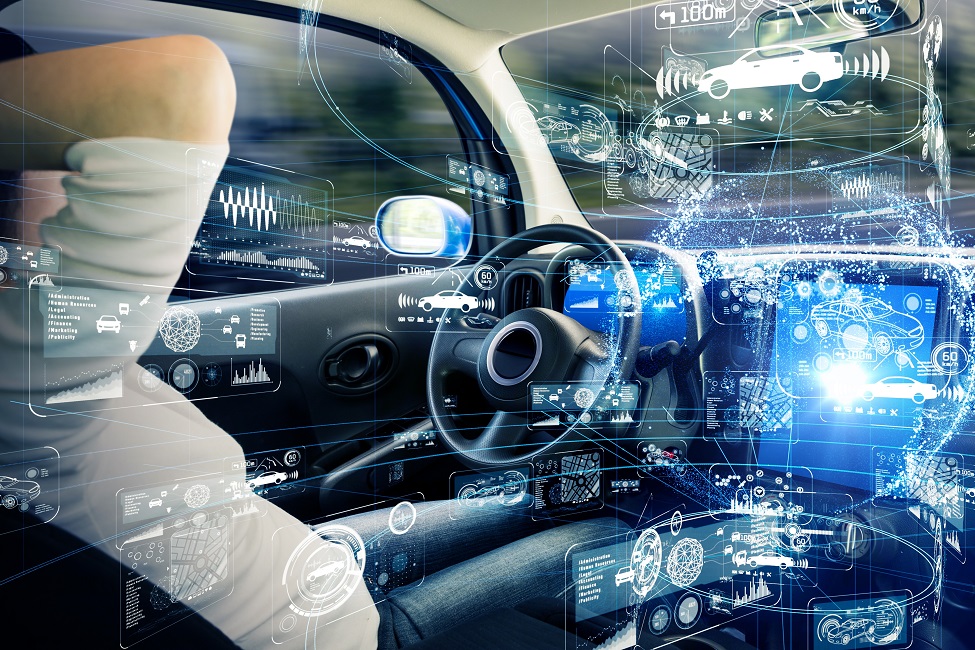
Self-driving cars have moved from the realm of science fiction to reality, promising a transformative revolution in transportation. At the heart of this innovation lies the intricate interplay between sensor fusion and AI decision-making, which enables these vehicles to navigate and make decisions autonomously. In this comprehensive exploration, we delve into the workings of sensor fusion and AI decision-making, shedding light on the synergy that propels self-driving cars towards a safer and more efficient future.
The Essence of Sensor Fusion
At the core of self-driving technology is sensor fusion, a sophisticated technique that amalgamates data from various sensors to create a holistic understanding of the vehicle’s environment. These sensors encompass a range of technologies, including LiDAR (Light Detection and Ranging), radar, cameras, and ultrasonic sensors. Each sensor provides unique insights into the surroundings, and by combining their inputs, the car gains a multi-dimensional perspective. This synergy minimizes blind spots, enhances accuracy, and ensures reliable object detection.
How It Works: Sensor Fusion
LiDAR: LiDAR sensors emit laser pulses and measure the time taken for the reflected light to return, generating a 3D map of the environment. This technology excels in identifying obstacles and mapping intricate details.
Radar: Radar systems employ radio waves to detect objects’ distance, speed, and direction. They excel in adverse weather conditions and offer a longer detection range.
Cameras: Cameras capture visual data, recognizing road signs, traffic lights, and lane markings. Machine learning algorithms process these images to discern patterns and make informed decisions.
Ultrasonic Sensors: Ultrasonic sensors use sound waves to detect objects in close proximity, aiding in parking and low-speed maneuvering.
The Brain Behind the Wheel: AI Decision-Making
While sensor fusion enriches the car’s perception, AI decision-making acts as the brain behind the wheel, processing the amalgamated data to make real-time driving decisions. This entails complex algorithms and machine learning models that learn from vast datasets, allowing the car to predict and respond to dynamic scenarios. The decision-making process involves risk assessment, trajectory planning, and adaptive behavior to ensure passenger safety and optimal driving performance.
How It Works: AI Decision-Making
Data Collection: Self-driving cars continuously gather data from sensors, capturing the road environment, traffic patterns, and potential obstacles.
Feature Extraction: AI algorithms extract relevant features from the data, such as identifying pedestrians, vehicles, and road signs.
Prediction: The AI system predicts the future state of objects around the vehicle, anticipating their movements and behavior.
Decision: Based on predictions and contextual information, the AI system decides on actions such as accelerating, braking, or changing lanes.
Trajectory Planning: The car calculates optimal trajectories to navigate the road, considering factors like safety, efficiency, and passenger comfort.
Final Thoughts
In the convergence of sensor fusion and AI decision-making, self-driving cars hold the promise of a safer, more efficient, and convenient future of transportation. These technologies, working in harmony, provide vehicles with the ability to perceive, analyze, and respond to their surroundings with a level of sophistication that was once the domain of human drivers. As advancements continue, we can expect self-driving cars to further refine their capabilities, contributing to a paradigm shift in how we experience the road.
Commonly Asked Questions
Q1: How do self-driving cars handle unexpected situations?
Self-driving cars rely on extensive training data and machine learning models to simulate a wide range of scenarios. When encountering unforeseen circumstances, the AI system uses its decision-making algorithms to evaluate options and select the safest course of action.
Q2: What challenges do self-driving cars face in inclement weather?
Inclement weather can affect sensor performance, particularly LiDAR and cameras. Rain, snow, and fog can disrupt sensor accuracy, potentially requiring backup systems like radar to maintain a reliable perception of the environment.
Q3: How do self-driving cars ensure passenger safety?
Self-driving cars employ a combination of sensor fusion, AI decision-making, and real-time monitoring. The AI system continually assesses the surroundings, predicts potential hazards, and adjusts the vehicle’s behavior to minimize risks to passengers and pedestrians.
Q4: Can self-driving cars interact with traditional vehicles?
Yes, self-driving cars are designed to interact with traditional vehicles. They adhere to traffic rules, recognize hand signals, and predict the intentions of human drivers, ensuring smooth coexistence on the road.
Q5: What role does connectivity play in self-driving cars?
Connectivity enables self-driving cars to communicate with other vehicles and infrastructure, sharing real-time data about road conditions, traffic congestion, and potential hazards. This enhances their decision-making and situational awareness.












